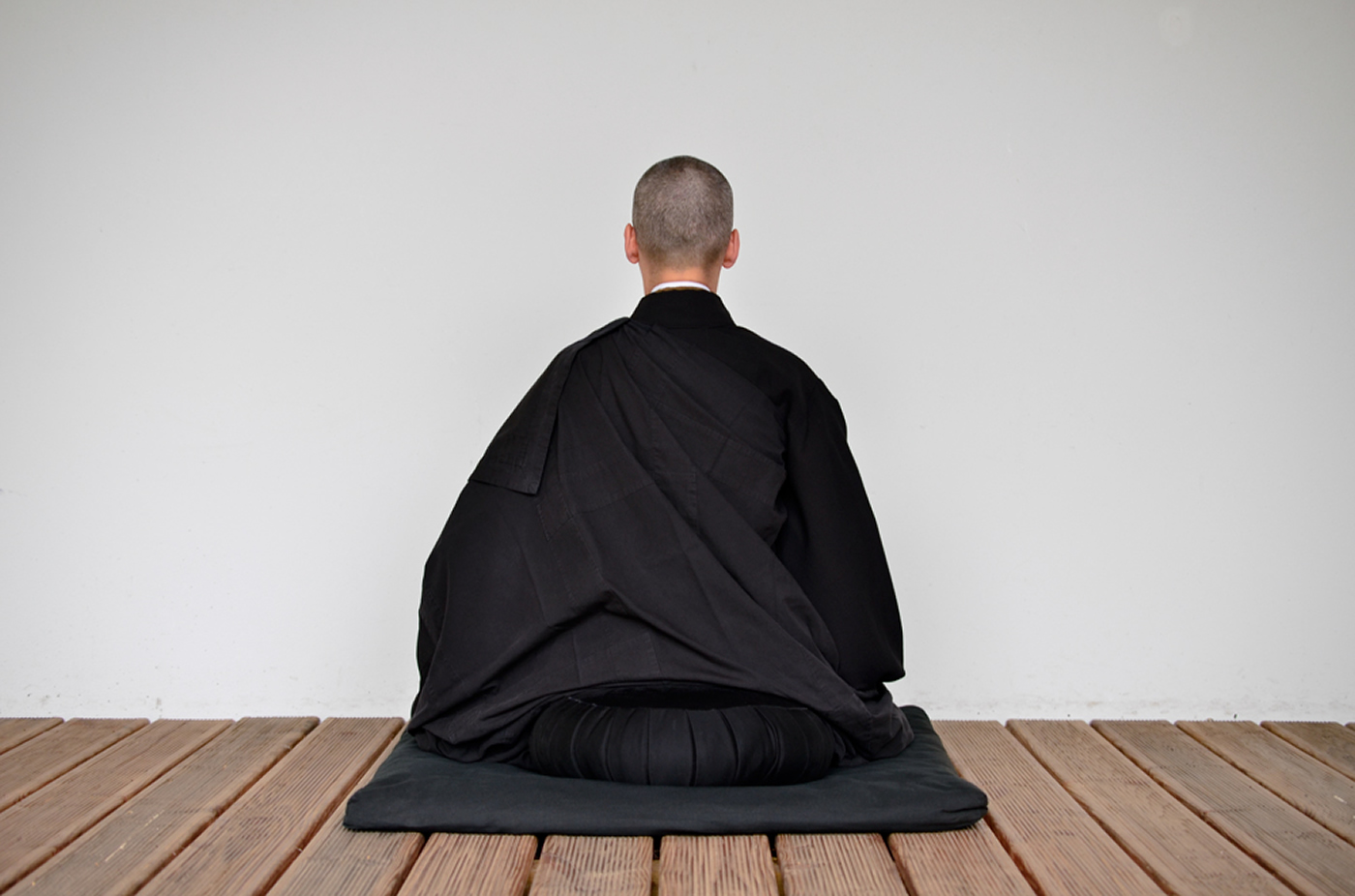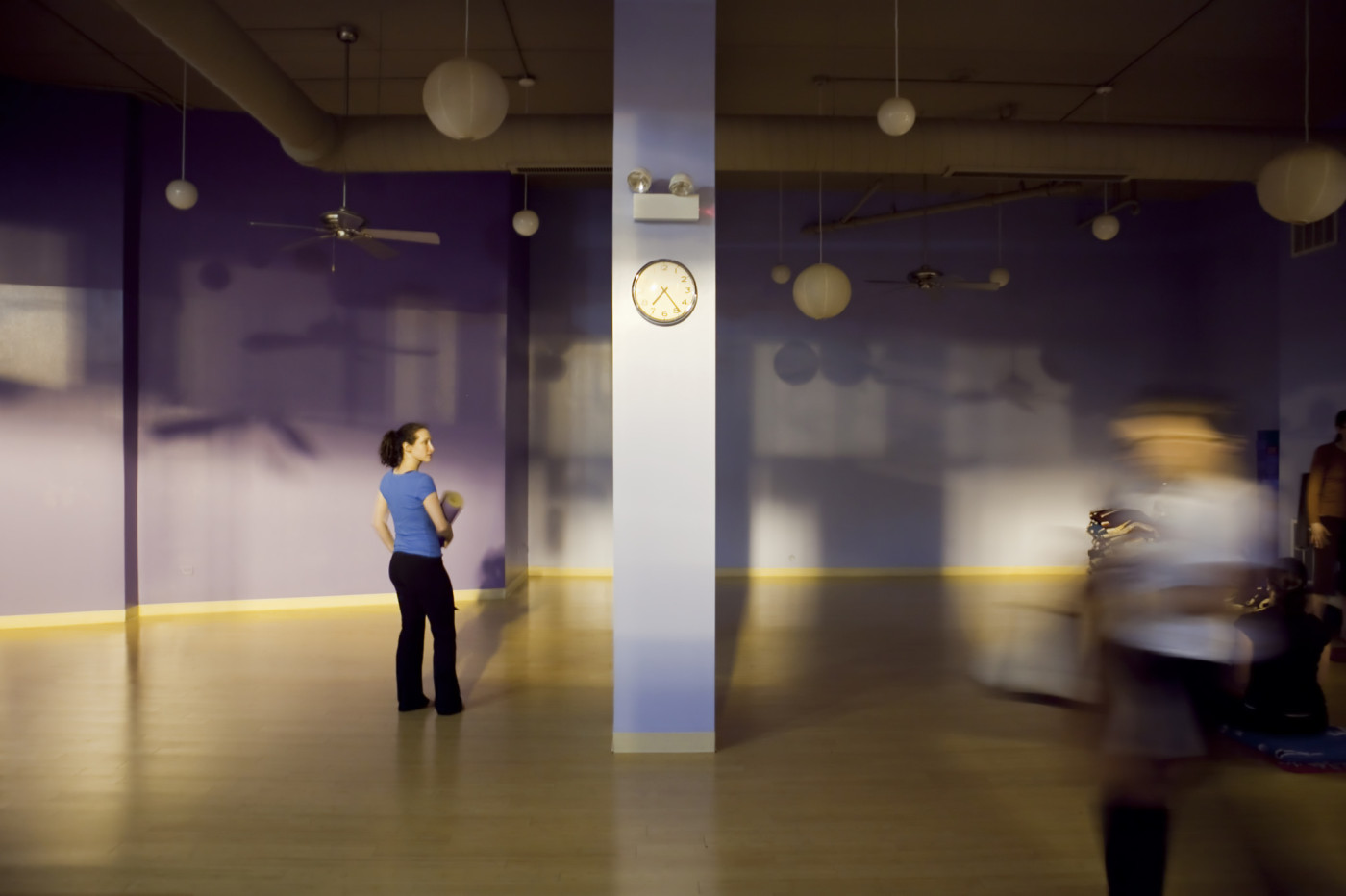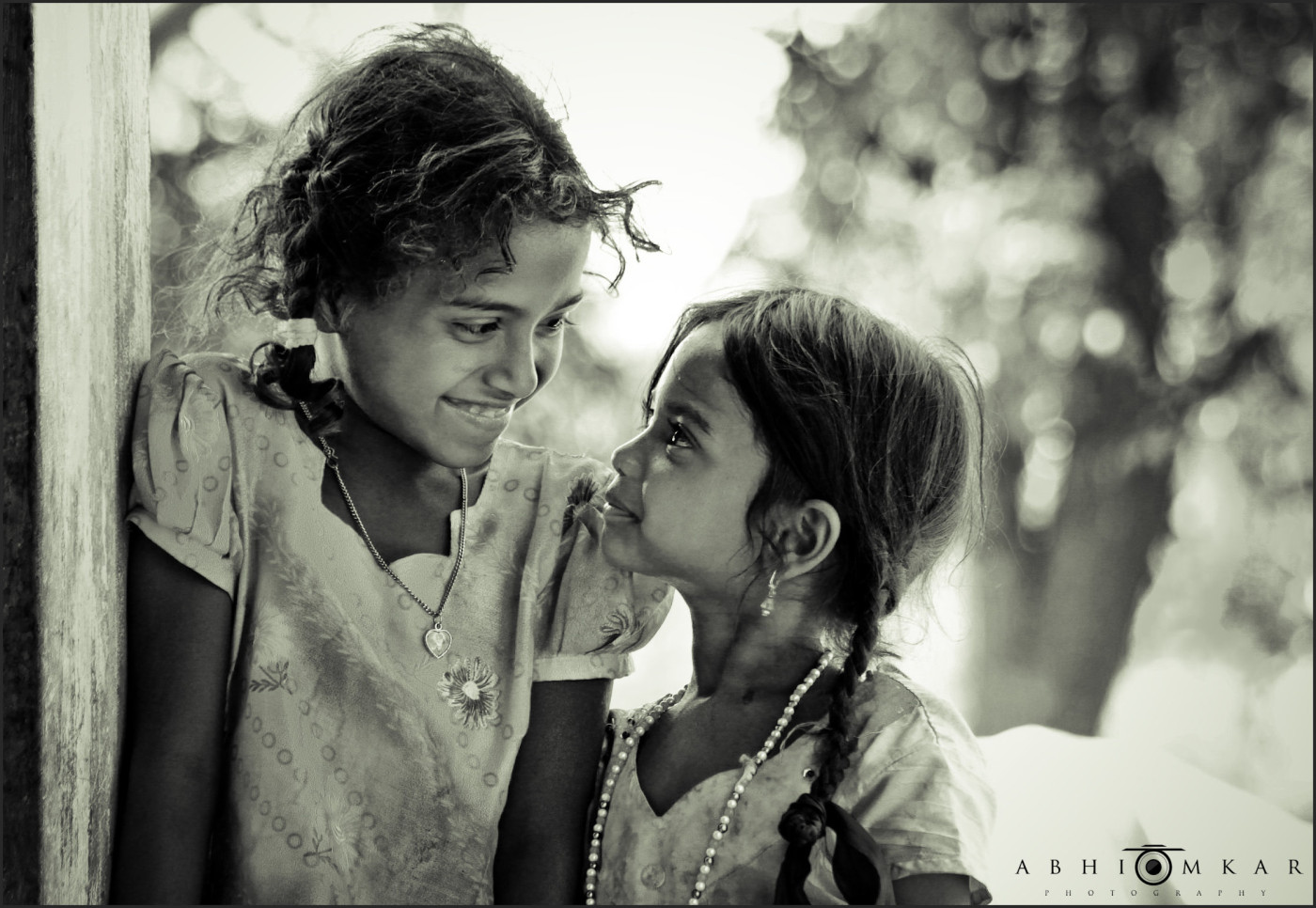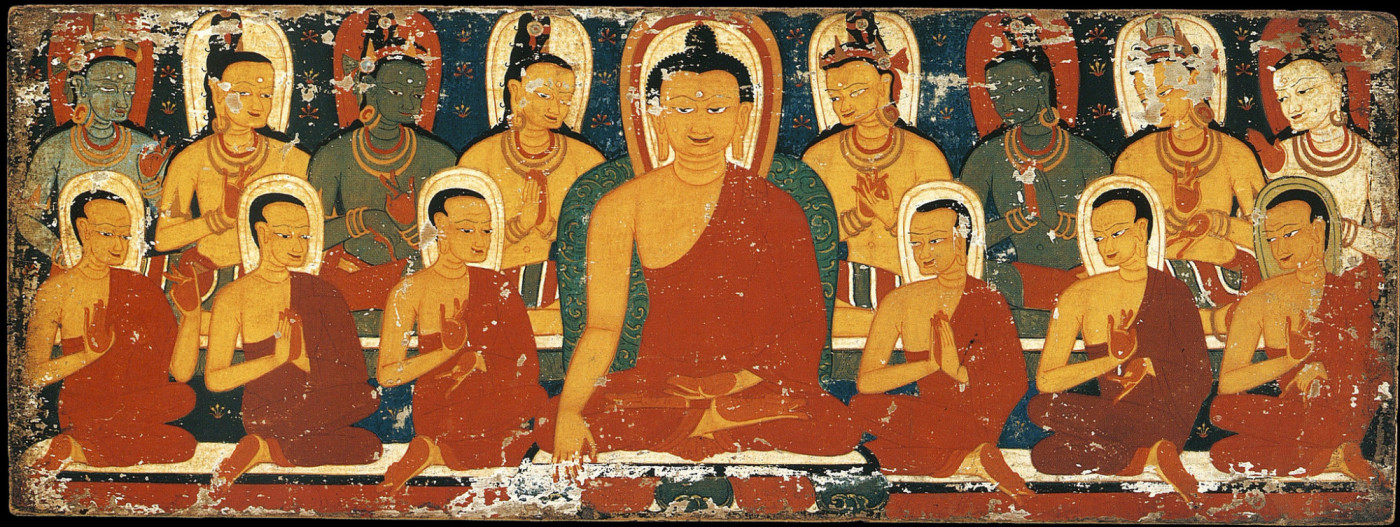If we do yoga asanas for an hour a day, there are still 23 other hours of the day when we could be mindfully improving our yoga, just by how we go through the activities of our normal day. In Tibet, this is called Chulam Neljor: All-Day Yoga.
Keeping the spine from slumping keeps the central channel open and free of kinks; our body becomes stronger and healthier
We can do all-day yoga on all five levels of the onion we talked about. With our outside, physical body, the most important form of All-Day Yoga is simply sitting up straight, all day long, no matter what we’re doing. This doesn’t sound like any great yogic practice, but in Tibet it was considered one of the most important yoga practices of all. Keeping the spine from slumping keeps the central channel open and free of kinks; our body becomes stronger and healthier.
As we sit up straight, and even as we walk around, it’s important that we stay mindful to keep our stomach slightly tucked in, slightly tightening the muscles of the abdomen. This is a mild form of bandha or lock that keeps prana concentrated where we want it, at the chakra of the navel. Later then when we need to apply this lock during our asanas, it’s ready there for us.
Simply keeping a smile on our face is another form of All-Day Yoga.
This loosens up the termination points of the two side channels, and keeps them from choking off the central channel at the spot just above the point between our eyebrows. Prana can then flow more freely in this channel; we have more good thoughts; and we set off an upward cycle in our lives.
On the next level down, try throughout the day to keep up reflex breathing: exhaling normally but fully until a spasm or reflex in the belly tells us that it’s time to inhale, and then inhaling normally and fully until we get a similar spasm or reflex in our chest. This assures a calm, steady flow of oxygen-rich food to our body and brain, all day long. Steady, calm breath assures calm and steady prana within the inner channels.
Keep up your practice of giving and taking all day long
Most importantly, remember to use your thoughts to reach this prana from the inside. Keep up your practice of giving and taking all day long: put your loving eyes on that tired businessman slumped across from you in the subway, glance at the person in your office who’s obviously stressed out today. Look at your husband, or your wife, or your child—anyone we take for granted—having a difficult evening at home. And then just quietly, silently, anonymously take away their trouble, and give them happiness, all on your breath. This is the ultimate All-Day Yoga. Do it … all day.
Download Transcript
Options for Further Study
To deepen your study on many of the topics introduced in this lecture, please refer to the following courses on The Knowledge Base:
Teachings about Yoga on The Knowledge Base
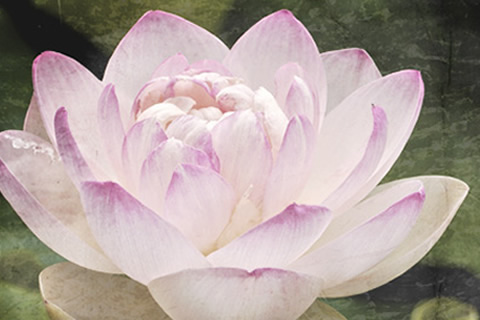
There is a strong relationship between our ability to love and our inner body of channels, chakras, and prana. Great yogis of ancient times mapped out this inner body, sometimes called the Rainbow Body, and found methods of using it not only for greater health, but for greater knowledge—and for a greater capacity to love.
Understanding the Buddhist idea of emptiness properly is absolutely crucial for yoga to work properly, and that’s what mainly distinguishes Tibetan yoga from all other methods of yoga is the special emphasis on working at the physical postures of yoga from the inside: recognizing that whether yoga “works” on us all depends upon karmic seeds that we plant in our own minds by taking care of other people.




